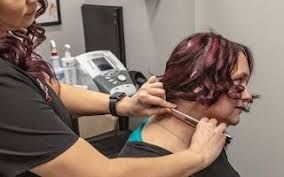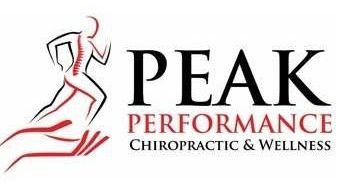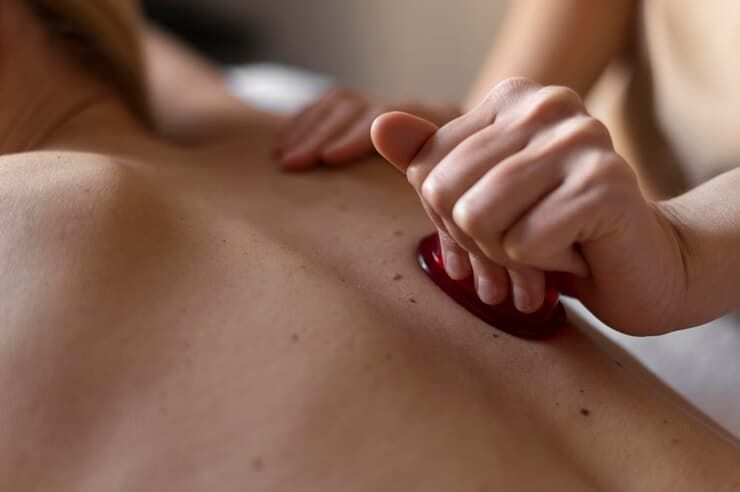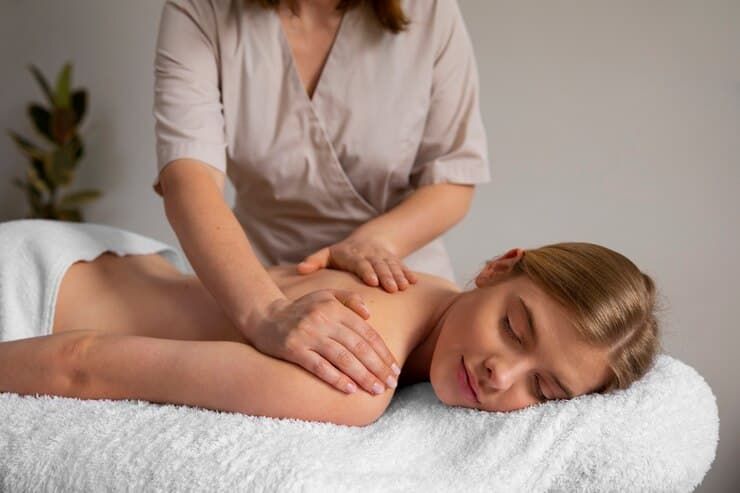Carpal Tunnel Syndrome is a Handful
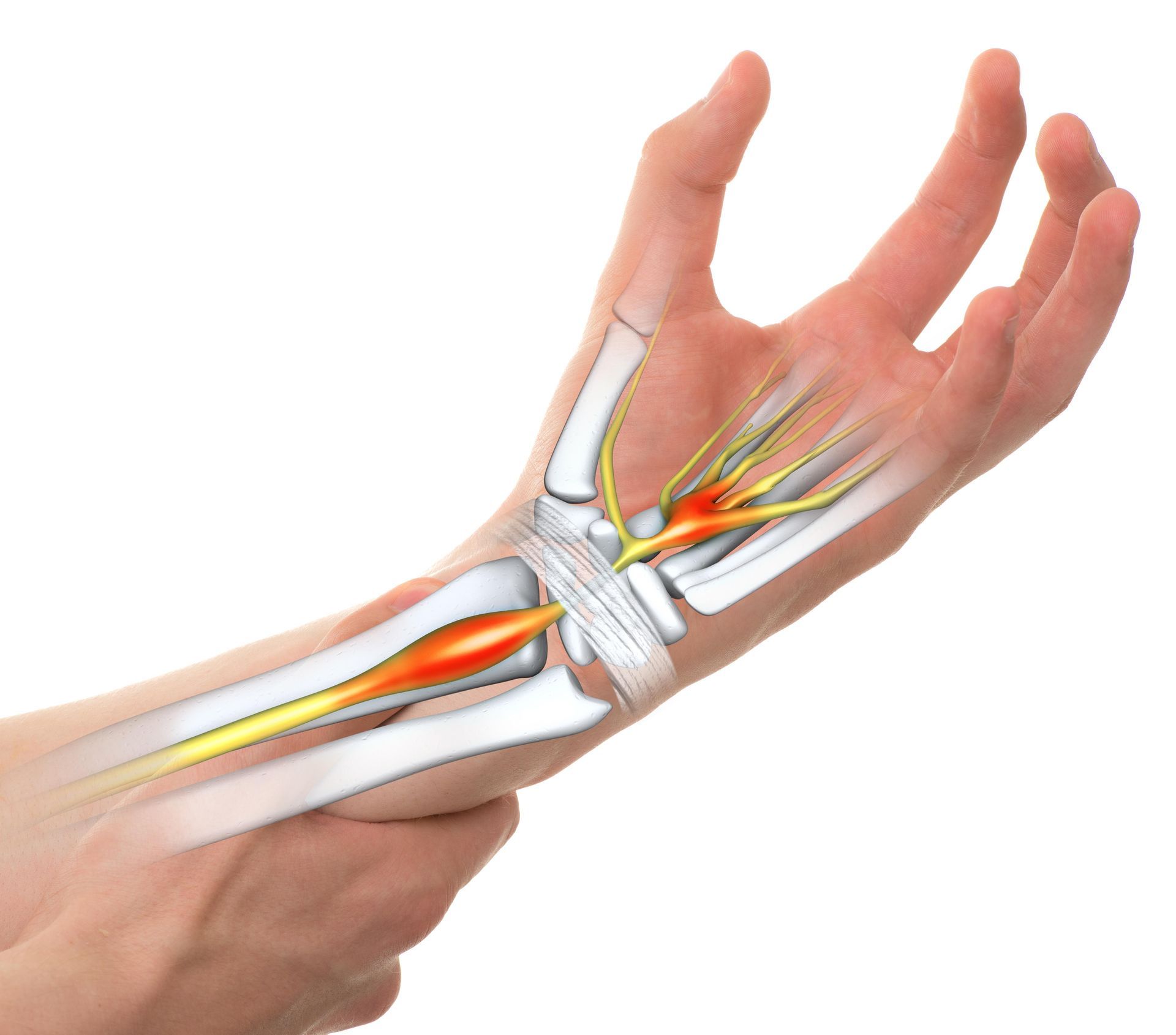
What is Carpal Tunnel Syndrome and What Causes It?
Carpal tunnel syndrome (CTS) has a sneaky way of creeping up, especially when your hands are busy typing, writing, or gripping for extended periods. Back-to-school season can mean hours at the computer, making your wrists more vulnerable to strain. But what exactly is carpal tunnel syndrome, and why does it happen?
The carpal tunnel is a narrow passage in your wrist that houses the median nerve and several tendons responsible for hand movement. When the tendons get inflamed or the space inside the tunnel narrows, the median nerve can get compressed, leading to symptoms like tingling, numbness, or pain in your hand and fingers. Increased use of your hands, poor wrist positioning, and certain medical conditions can all contribute to this issue. But don’t worry—there are ways to find relief!
Stretches to Help Relieve Carpal Tunnel
One of the best ways to alleviate carpal tunnel symptoms is by incorporating simple stretches and exercises into your routine. These exercises can help reduce pressure on the median nerve, loosen tight muscles, and improve flexibility. Here are a few to try:
- Wrist Extension Stretch: Extend your arm in front of you with your palm facing down. Use your other hand to gently pull your fingers back, feeling a stretch along your wrist and forearm. Hold for 15-30 seconds and repeat on the other side.
- Wrist Flexor Stretch: Similar to the wrist extension, extend your arm, but this time with your palm facing up. Gently pull your fingers back toward you with your other hand. Hold for 15-30 seconds.
- Tendon Gliding: Start with your hand in a neutral position, fingers straight. Slowly bend your fingers into a fist, one joint at a time, then release back to the starting position. This movement helps keep tendons gliding smoothly through the carpal tunnel.
- Median Nerve Glides: Extend your arm out to the side, palm facing down. Slowly tilt your head away from your extended arm as you gently stretch your wrist. This exercise is designed to “floss” the median nerve, which can relieve tension.
- Prayer Stretch: Place your palms together in front of your chest, fingers pointing upward like you’re praying. Lower your hands while keeping them pressed together, feeling a stretch in your wrists. Hold for 15-30 seconds.
These simple stretches can be done anywhere—at your desk, on break, or even in class! Aim to do them a few times a day to keep your wrists loose and reduce discomfort.
Ergonomic Swaps for Your Workspace
Along with stretches, setting up an ergonomic workspace can help prevent carpal tunnel syndrome from worsening. Making small adjustments to your keyboard, mouse, and desk setup can make a big difference.
- Ergonomic Keyboards: A split or curved keyboard can reduce strain on your wrists by promoting a more natural hand position.
- Vertical Mouse: A vertical mouse keeps your wrist in a neutral position, helping to alleviate pressure on the carpal tunnel.
- Cushioned Mousepad: Using a mousepad with wrist support can help keep your wrist aligned and prevent it from bending awkwardly while you work.
And remember—don’t stay locked into one position for too long. Take frequent breaks, stand up, stretch, and give your hands and wrists time to rest.
Chiropractic and Massage Care for Relief
If stretches and ergonomic changes aren’t enough, chiropractic and massage therapy can provide much-needed relief. Chiropractors can adjust the joints in your wrist, helping to reduce compression in the carpal tunnel and improve nerve function. They can also address any misalignments in your neck or spine that may be contributing to your symptoms.
Massage therapy, on the other hand, targets tight muscles and tendons in your hands, wrists, and forearms. By releasing tension and reducing inflammation, massage can help improve circulation and alleviate the pain associated with carpal tunnel syndrome.
If carpal tunnel syndrome is giving you grief, don’t just type through the pain. Try some stretches, tweak your workspace, and consider chiropractic or massage therapy at Peak Performance here in Buffalo, NY to keep your wrists happy and healthy!
Bethany Wolcott
D’Youville Chiropractic ‘26







